The world is home to countless exquisite glass crafts, each reflecting the history and aesthetic sensibilities of its respective culture through masterful techniques. Japan’s representative glass craft, Kiriko, is no exception—it embodies a unique sense of beauty and the artistry of skilled craftsmen.
When you hold a piece of Kiriko, its delicate elegance is sure to captivate you. The intricate patterns carved into the transparent glass shimmer with every ray of light, transforming fleeting glimmers into timeless beauty. Each pattern is more than mere decoration—it is the culmination of years of refinement, a tribute to nature, and a reflection of the Japanese aesthetic.
The History of Kiriko
The origins of Kiriko trace back to the early 19th century, during the late Edo period. It is said that a craftsman named Kyūbei Kagaya in Edo (present-day Tokyo) pioneered the technique of engraving glass using kongōsha (corundum sand). However, due to the limitations of the time, the patterns were relatively simple compared to the intricate designs seen today.
With the advent of the Meiji era, Western culture began to influence Japan, bringing European cut-glass techniques. These new methods spurred the evolution of Kiriko, leading to the development of a distinct Japanese style.
During World War II, material shortages and a decline in craftsmen led to a temporary decline in the craft. However, in the 1950s, Kiriko experienced a revival as its value was reassessed and artisans worked tirelessly to restore the tradition.
Today, traditional Kiriko techniques coexist with modern innovations, producing stunning designs that continue to earn high acclaim both domestically and internationally.
The Two Major Schools of Kiriko
The artistry of Kiriko is characterized by its outstanding cutting techniques. In Japan, two major schools of Kiriko exist, each with its distinct style:
Edo Kiriko
Originating in Tokyo, Edo Kiriko is known for its intricate geometric patterns carved into clear glass. Its designs, often characterized by precise, linear cuts, exude a refined and minimalist elegance.
Traditional patterns such as Yarai (woven lattice), Kiku-tsunagi (interwoven chrysanthemums), and Asanoha (hemp leaf) embody the Japanese aesthetic, creating a mesmerizing interplay of light and shadow through their carefully cut facets.
Among Japanese people, the term Kiriko often evokes Edo Kiriko due to its widespread recognition.
Satsuma Kiriko
Developed in Kagoshima, Satsuma Kiriko is distinguished by its use of colored overlay glass, where a layer of tinted glass is applied over clear glass and then intricately cut. This technique produces a unique gradation effect, creating a warm and vivid depth of color.
Unlike the straight-line precision of Edo Kiriko, Satsuma Kiriko features softer, deeper cuts, resulting in a gentle and diffused refraction of light. A signature technique called “bokashi” (shading) creates seamless transitions of color, adding a rich and graceful allure to the designs.
Patronized by the Satsuma domain under the Shimazu clan, Satsuma Kiriko once faced extinction but was revived in modern times, preserving its historical charm while continuing to evolve.
Each region’s unique Kiriko reflects its cultural and historical background, making these glassworks even more special.
The Symbolic Meaning of Traditional Patterns
The patterns engraved in Kiriko are not merely decorative; each carries a profound meaning, rooted in the wishes and prayers of the Japanese people. Crafted with meticulous precision, these patterns transform glass into vessels of eternal beauty.
- Asanoha (Hemp Leaf) – Health, Growth, Protection
Design: A hexagonal geometric pattern resembling hemp leaves, featuring sharp, interlocking lines.
Meaning: The hemp plant grows quickly and straight, symbolizing the wish for a child’s healthy growth. Additionally, hemp is resistant to pests, making it a symbol of protection against evil.
- Yarai (Woven Lattice) – Success, Protection
Design: A lattice-like pattern of diagonal lines, inspired by defensive wooden fences.
Meaning: The straight flight of an arrow symbolizes achieving one’s goals, while the lattice design represents a protective barrier against misfortune.
- Kiku-tsunagi (Interwoven Chrysanthemums)
Design: A repeating pattern of chrysanthemum petals, finely detailed and elegant.
Meaning: As a flower associated with the Japanese imperial family, chrysanthemums symbolize nobility and endurance, making this a highly auspicious motif.
- Shippo (Seven Treasures) – Harmony, Connection, Prosperity
Design: Overlapping circles forming an interwoven pattern.
Meaning: Named after the Buddhist “Seven Treasures,” this pattern represents eternal bonds, prosperity, and harmony among people.
- Kagome (Basket Weave) – Protection, Stability
Design: A geometric pattern resembling woven bamboo baskets.
Meaning: Symbolizing resilience and stability, this pattern also resembles the hexagram, an ancient protective symbol believed to ward off evil.
- Hamon (Wave) – Peace, Harmony, Eternity
Design: A flowing, wave-like pattern inspired by rippling water.
Meaning: Representing endless continuity, peace, and harmony, this motif is deeply rooted in Japanese culture, appearing in traditional ukiyo-e (woodblock prints) and Kiriko designs alike.
- Kikkō (Tortoiseshell) – Longevity, Stability, Good Fortune
Design: A pattern based on the hexagonal shape of a tortoise’s shell.
Meaning: Since ancient times, the tortoise has symbolized longevity and prosperity, making this an auspicious motif for celebrations and gifts.
Each of these patterns embodies cultural significance and time-honored wishes, carefully etched by artisans to create glassware that transcends mere aesthetics.
The Art of Light and Shadow
The allure of Kiriko lies not only in its intricate patterns but also in the way it interacts with light and shadow. Craftsmen meticulously calculate the angles and depths of each cut to achieve the most stunning optical effects.
In the morning light, Kiriko glows with pristine brilliance. At sunset, it takes on a warm radiance. By night, it transforms into a mesmerizing spectacle under artificial lighting. Kiriko captures the ephemeral beauty of Japan’s changing seasons within its delicate glass forms.
This artistry—where craftsmanship meets light and shadow—elevates Kiriko beyond mere glassware to a medium of expression, enriching our daily lives with its refined presence.
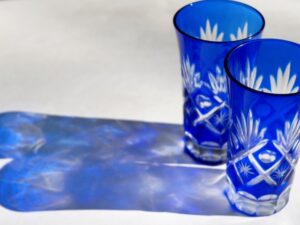
While Kiriko remains deeply rooted in tradition, contemporary artisans continue to explore innovative designs, integrating modern techniques to create pieces that appeal to a global audience. Despite these advancements, the heart of Kiriko remains unchanged—an unwavering dedication to craftsmanship and a profound appreciation for beauty.
As Kiriko continues to evolve, its radiant brilliance will undoubtedly captivate generations to come.
Holding a Kiriko glass, one cannot help but feel the soul of the artisan and the essence of Japanese aesthetics infused within.
Why not explore the world of Kiriko and experience its timeless beauty for yourself?
【The process of making Edo Kiriko. Japan’s finest crystal glass manufacturer.】

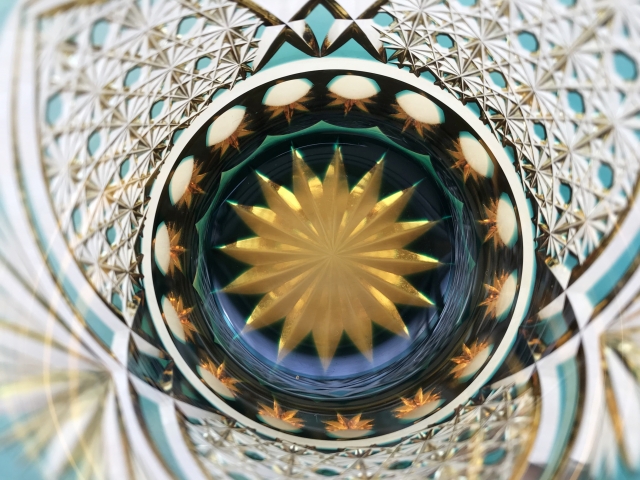


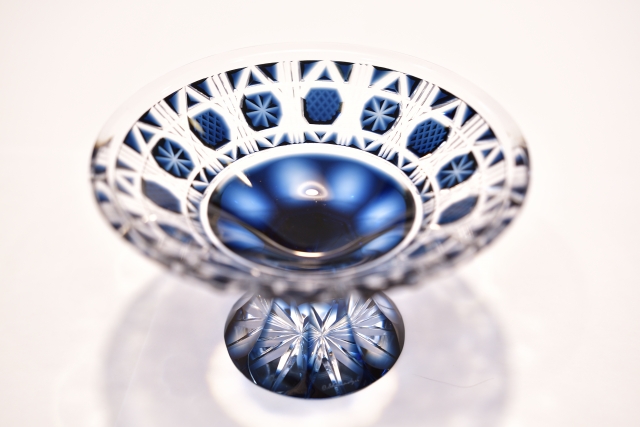
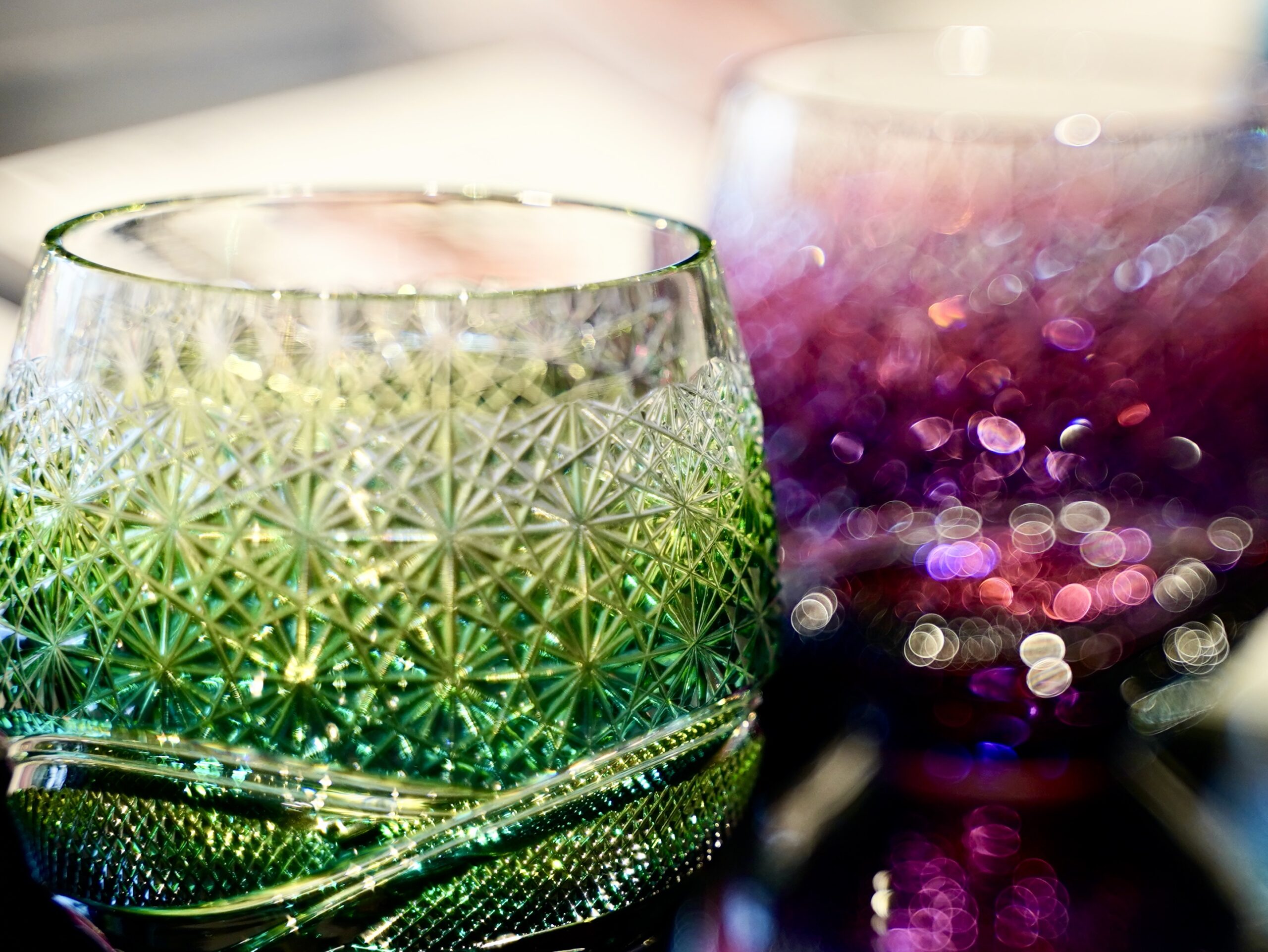
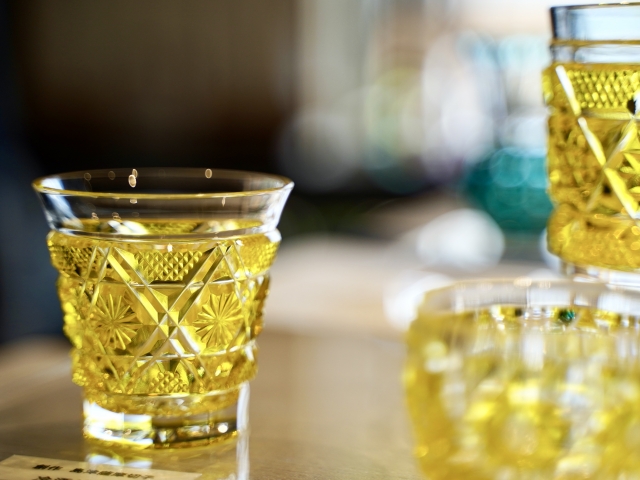
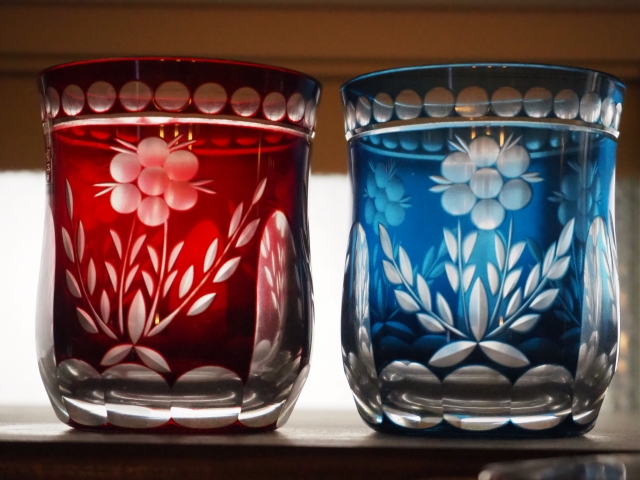
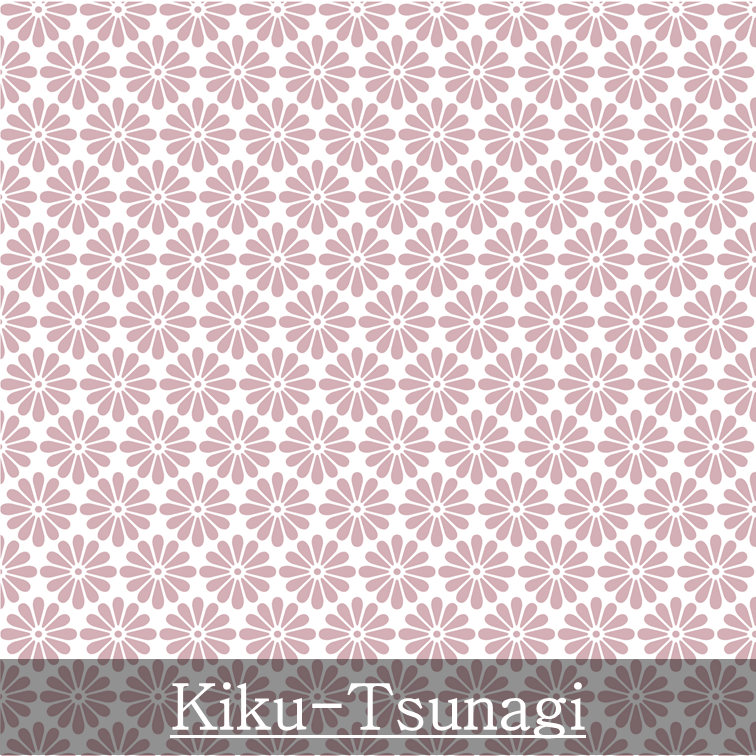
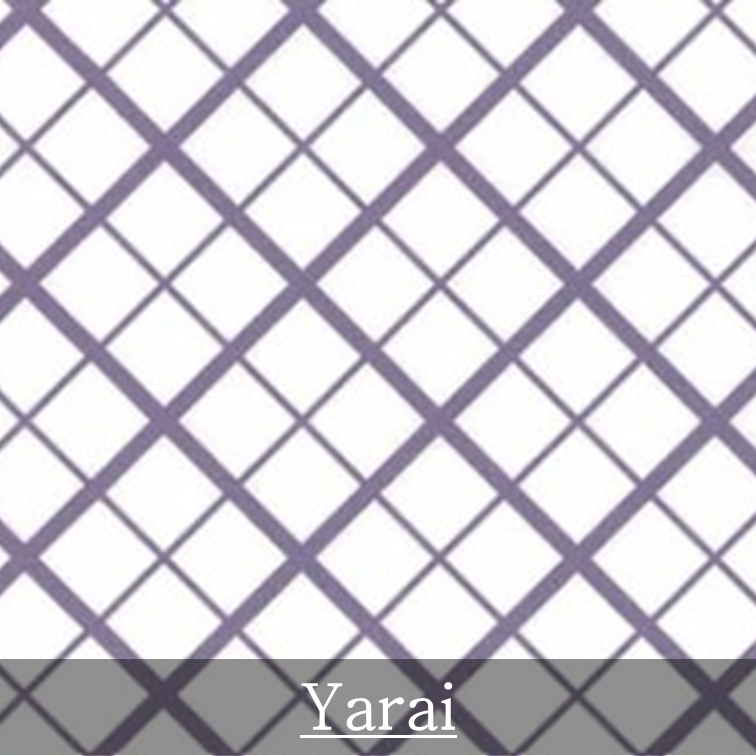
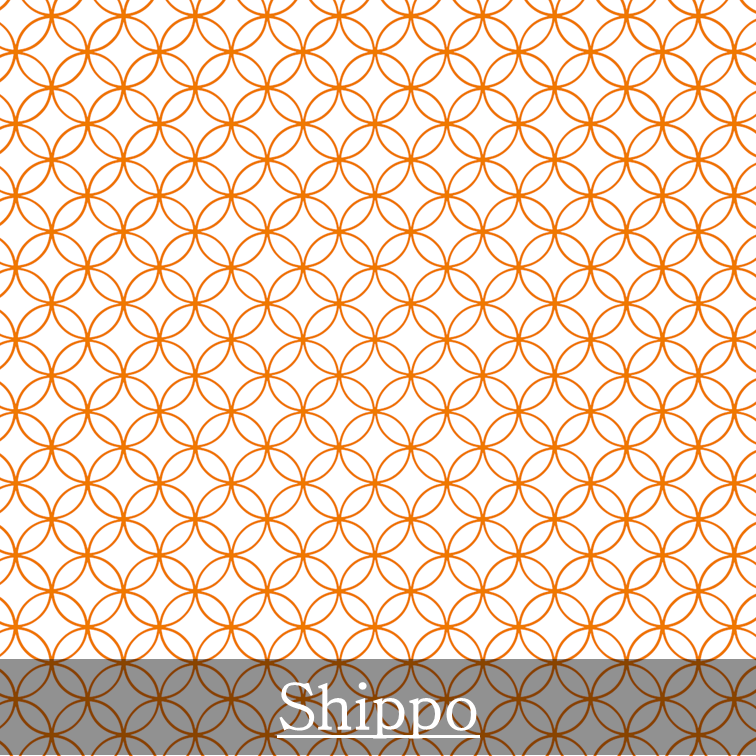
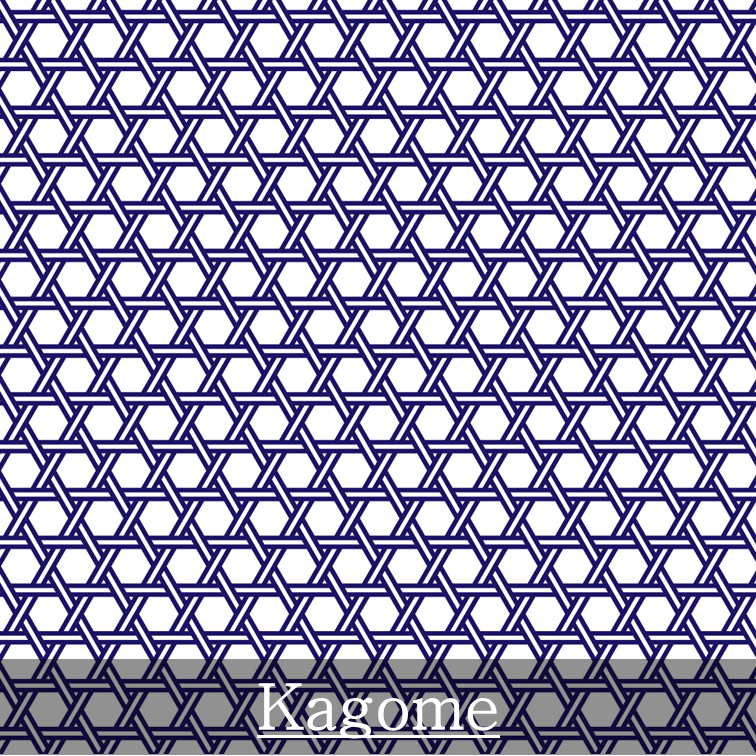
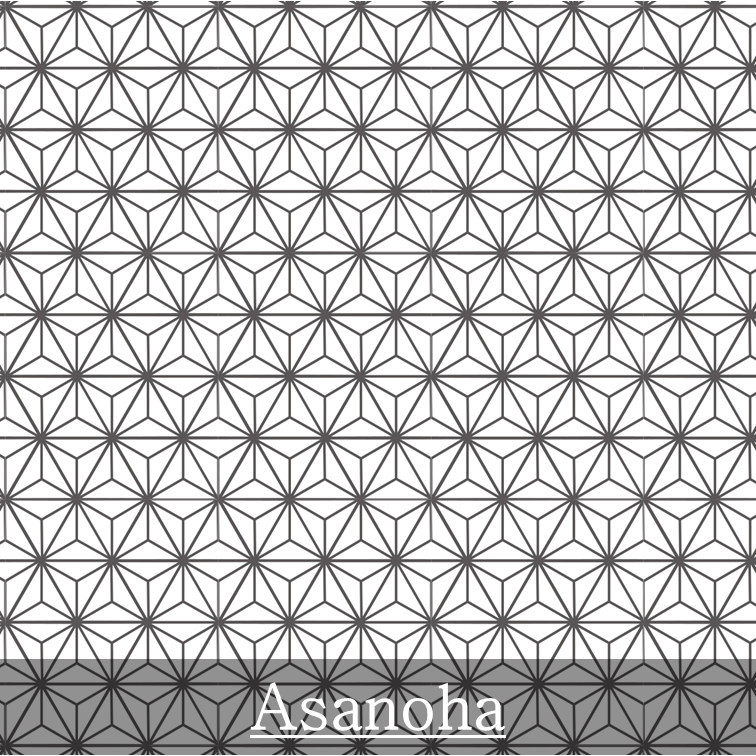
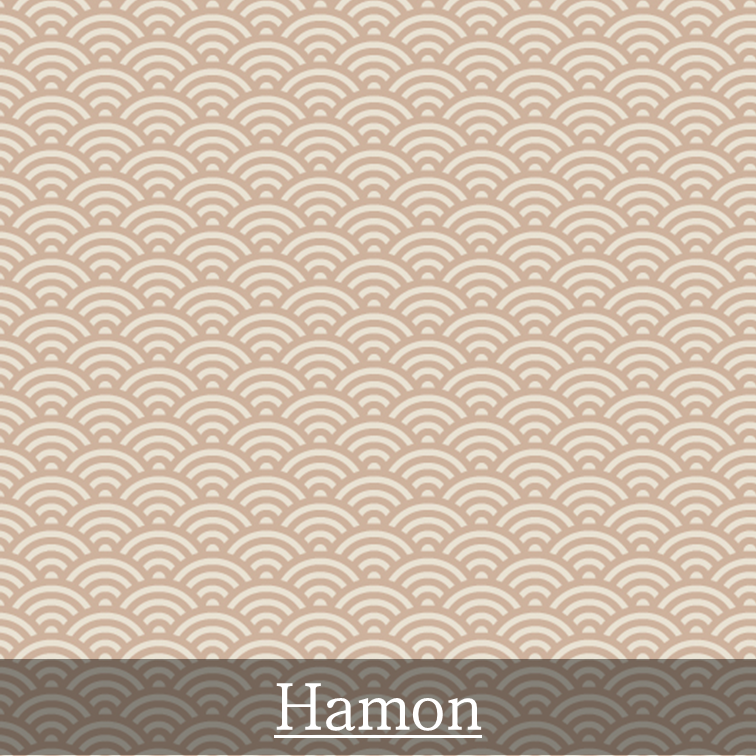



コメント